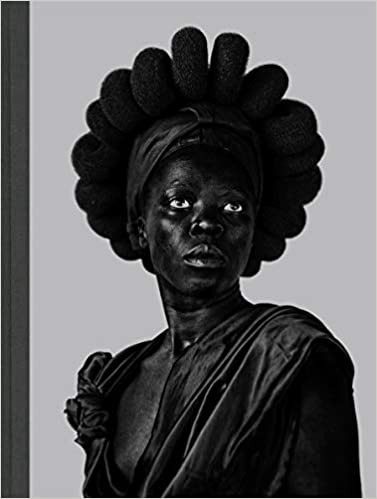Coffee table books reveal so much about a person. I mean if you’re willing to shell out $30-$100 for a book, it probably screams a keen interest of yours.
Remember the days when we attended dinner parties? Delicately thumbing through the host’s perfectly stacked stacks, getting a sense of what she and her loathsome new live-in boyfriend were all about? Immersed in that stunning book on cabin porn while the other guests circulated around you? (I don’t blame you; it’s a good one.)
Coffee table books are a unique literary creation and have become a gift-giving go-to.
I also suggest that coffee table books now offer a gorgeous, oversized antidote to the sameness of quarantine life.
History.
The idea of a coffee table book goes back as far as the 16th century when French humanist philosopher Michel de Montaigne wrote:
I am vexed that my essays only serve the ladies for a common movable, a book to lay in the parlor window.
Fast forward to 1961 when the term first appeared in Arts Magazine.
Many credit David Bower, Executive Director of Sierra Club, for creating the first modern coffee table book. During the 1960s, Bower launched the Exhibit Format Series, coffee table books featuring photographs by Ansel Adams, Eliot Porter, and other artists, along with texts by Henry David Thoreau, Wallace Stegner, and other American nature writers.
Bower wanted:
A page size big enough to carry a given image’s dynamic.
The eye must be required to move about within the boundaries of the image, not encompass it all in one glance.
In other words, he wanted to invite the reader to linger.
Skip ahead to today, and options for coffee table books are available in the hundreds and hundreds.
What’s behind the enduring appeal?

They’re beautiful and chic.
Often showstopping. An objet d’art.
Coffee table books easily serve as an accent piece due to their weight, size, and high production value. Like a lamp or throw blanket, they can be an intentional part of the living room décor.
They are also highly curated. Offering, for example, the most outstanding images of a photographer’s collection or a compilation of extraordinary moments from around the world or at the micro-level in nature.
The best of the best.
Even today’s cookbooks are coffee table quality with glorious photos and personal stories interspersed with recipes.
And in the world of digital media, they offer tangibility and high-quality print that is often missing in our fast scrolling lives. Personal collectibles.

They’re informative, yet cool and crisp.
Coffee table books are not all style and no substance.
Far from it.
Like the images, the written material is often highly curated and meant to take the reader on a journey that inspires, brings meaning, and informs.
The subject matter is often contemporary, providing the opportunity to keep current. Immerse oneself in living times.
And the information is typically laid out in a simple, uncomplicated format. The text, in other words, is as purposefully crafted and style-savvy as the images themselves. Cool, hip, sleek.
They make a statement.
Visually, coffee table books take up a ton of real estate in the living room. The grand format, the bold images, the provocative subject matter. They can’t help but be a conversation starter.
Yet, it’s more than just what the book says between its covers. It’s also what the book has to say about its owner that makes it such tantalizing entertainment.
For coffee table books are a profound reflection of you and your life.

Robert Klanten, the founder of Gestalten, a leading producer of art books, speaks about coffee table books in this way:
You can compare print to the music industry. On the one hand, you have services like Spotify and then, on the other hand, you buy the vinyl and you go to the concerts,” Klanten says. “The more and more people go digital, the more there is an urge to build a tangible foundation that reconfirms who they really are. Some books can help the reader find an answer.
Given that social media thrives on personalization, it’s not crazy to invest in a beautiful book that reflects who we are and our interests.
And at this moment, during the Covid-19 pandemic, I think we could all use an opportunity to remember our former selves — from the days before we showed up in pajama bottoms for our zoom meeting and ate three-square meals per day at home. We could also benefit from the chance to embrace our future selves. Goodness knows many of us have picked up some new hobbies during quarantine. Who were we? Who are we?
Maybe indulging in a beautiful coffee table book offers us a tiny lifeline to formulate a personal statement during this shapeless time.
At the very least, why not spruce things up while we’re all stuck at home? Coffee table books are mini works of art in their own right and terrific storytelling tomes.


